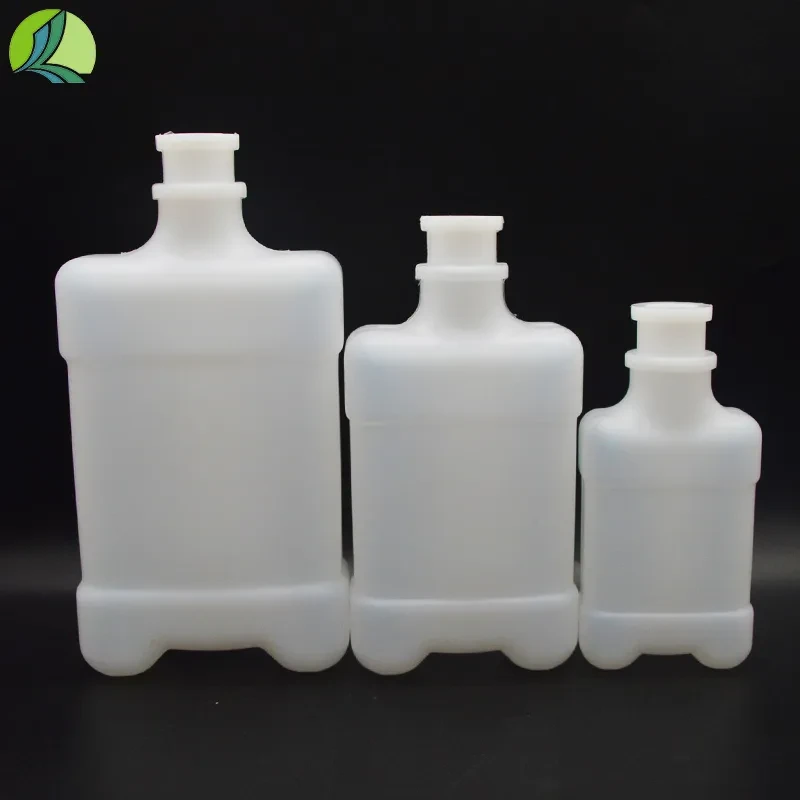Laboratory Chemical Storage Container for Safe Reagent Management and Usage
The Essential Role of Laboratory Reagent Bottles in Scientific Research
Laboratory reagent bottles are foundational components in scientific research and experimentation. These specially designed containers are crucial for the storage and handling of various chemicals and reagents used across a spectrum of scientific disciplines, including chemistry, biology, and environmental science. Understanding the significance, types, and proper usage of laboratory reagent bottles is vital for any laboratory professional or student.
Significance of Laboratory Reagent Bottles
Laboratory reagent bottles play a critical role in ensuring the integrity of the chemicals contained within them. These bottles are designed to minimize contamination and evaporation, preserving the purity and reliability of the reagents for future experiments. Properly maintained reagent bottles also help in preventing accidents and spills, which can lead to hazardous situations in a lab environment. The importance of these containers cannot be overstated; they are a vital link in the chain of scientific inquiry, enabling researchers to achieve accurate and reproducible results.
Types of Laboratory Reagent Bottles
Laboratory reagent bottles come in various shapes, sizes, and materials, each tailored to meet specific needs
1. Glass Bottles Glass is a common material due to its inert properties. Glass reagent bottles are resistant to most chemicals, making them ideal for storing acids, bases, and organic solvents. They can withstand high temperatures, which is crucial for sterilization processes. However, they are fragile and require careful handling to avoid breakage.
2. Plastic Bottles These are typically made from polyethylene or polypropylene. Plastic reagent bottles are lightweight and less prone to breakage compared to glass. They are commonly used for storing aqueous solutions and other less volatile substances. However, certain chemicals may react with plastic, leading to contamination, so it is essential to choose the right type of plastic for specific reagents.
3. Amber Bottles For light-sensitive chemicals, amber glass bottles provide an excellent solution by blocking harmful UV rays that can degrade substances over time. These are often used for storing photographic chemicals or reagents that require protection from light.
4. Dropper Bottles Ideal for dispensing small amounts of liquids, dropper bottles allow for precision in the application of reagents. These are particularly useful in biological experiments where exact quantities are crucial.
laboratory reagent bottle

5. Screw Cap and Burette Silica Bottles These types feature specific designs for particular laboratory functions. Screw cap bottles are well-sealed, preventing leaks and evaporation, while burette bottles are designed to facilitate controlled dispensing of liquids.
Proper Usage and Safety Considerations
To maximize the effectiveness of laboratory reagent bottles, adhering to proper usage and safety protocols is essential. Here are some key practices
- Labeling All reagent bottles should be clearly labeled with the name of the chemical, concentration, date of receipt, and expiration date if applicable. This helps prevent mix-ups and ensures safe handling.
- Storage Conditions Different reagents require specific storage conditions. Some may need to be kept in a cool, dark place, while others should be stored in a refrigerator or even a freezer. Always refer to the Material Safety Data Sheet (MSDS) for guidance.
- Handling Procedures When handling volatile or hazardous chemicals, appropriate personal protective equipment (PPE) should be worn, including gloves, goggles, and lab coats. Additionally, using a fume hood when working with particularly harmful substances is advisable.
- Disposal It is imperative to follow proper disposal protocols for expired or waste reagents. Many chemicals cannot be disposed of down the sink or in regular trash and must be taken to a hazardous waste disposal facility.
Conclusion
In conclusion, laboratory reagent bottles are integral to the safe and effective operation of scientific laboratories. Their selection, proper handling, and storage are critical for maintaining the quality of chemical reagents and ensuring compliance with safety standards. As scientific inquiry progresses, so does the need for sophisticated and reliable storage solutions, making the role of reagent bottles more important than ever in the pursuit of knowledge.
-
Aesthetic Makeup Spray Bottles | Fine Mist Empty RefillableNewsAug.19,2025
-
White Plastic Veterinary Vaccine Vials | Lab Liquid BottlesNewsAug.18,2025
-
Plastic Medicine Liquid Bottle: Secure Flip Top Drug VialsNewsAug.17,2025
-
Durable 250ml Blue Plastic Vaccine Vial for Lab & Vet UseNewsAug.16,2025
-
Sterile Virus Sample Tubes: Secure & Reliable Specimen CollectionNewsAug.15,2025
-
White 250ml Plastic Vaccine Vial for Lab & Vet MedicineNewsAug.14,2025
























